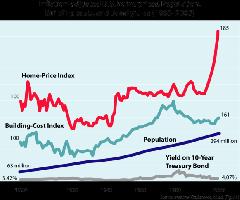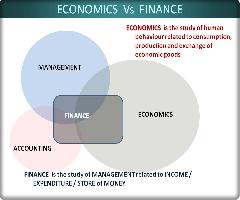

- Category :Finance
There are some financial ratios that are regarded as liquidity ratios and among these ratios, the current ratio and quick ratio have their own importance. This article discusses the difference between the two while highlighting the importance of both ratios, current ratio and acid test ratio or quick ratio.
There are several ratios that are to be categorized in accordance with the financial activities of a business entity. One of them is current ratio. Good current ratio indicates short term solvency position of a business firm. The calculation of current ratio includes current assets and current liabilities. Current assets can be defined as being those that will be converted in to cash in twelve months period. They are: Cash, Receivables, inventories, marketable securities and prepayments.
Current liabilities are those that are to be settled in twelve months period. Current liabilities are: Accounts payable, unearned revenues and wages payable etc.
The formula for current ratio is: Current Assets / Current Liabilities.
The current ratio is calculated by dividing current assets by current liabilities of a business entity. Current ratio is one of the most powerful and effective tool of financial analysis. It is used to measure the short term solvency of a business entity. A ratio of greater than one obtained through current ratio calculation indicates the business entity has more current assets than current liabilities. It is generally accepted that a current ratio of 2 to 1 or greater is satisfactory. It shows that the business entity has comparatively more current assets than current liabilities.
The importance of current ratio emerges when there is a need to evaluate the short term solvency of a business entity. In this way the ratio having been calculated on the basis of current assets and current liabilities is regarded as a standard of comparison. If the resultant figure is 2 or more it is a good indication that the short terms solvency position of a business entity is satisfactory.
The difference between the current ratio and the acid test ratio, which is also called as quick ratio, is that the current ratio uses the total amount of all the current assets, whereas the acid test ratio or quick ratio uses these assets: Cash and Cash equivalents, short term marketable securities and accounts receivables. It must be noted that though inventory and prepaid expenses are to be included in current assets, but the acid test ratio or quick ratio does not use them, because the quick ratio, as the name suggests, uses the above mentioned assets which are considered as quick assets.
Quick ratio is calculated using the formula: Cash + Marketable Securities + Receivables/Current Liabilities
It can also be calculated with this formula: Current Assets - Inventory - Prepayments / Current Liabilities
Thus, the current ratio can be used to determine the margin of safety for a business entity, whereas the Quick ratio can be used to measure the liquidity of a business by matching its cash and near cash current assets with its total liabilities. It helps to determine whether a business would be able to pay off all its debts by using its most liquid assets.
Written by:
K. A. Fareed (Fareed Siddiqui)
Writer, Trainer, Author, Software Developer
BBA, MBA-Finance, MPhil-Financial Management, (PhD-Management)
MA-English, MPhil-English
Level 1 - Leadership and Management ILM – UK
Pursuing CMA-USA
Individual Member of Institute of Management Consultants of India
Related Articles
Technical Versus Operational Feasibility For Mis
This article describes the technical and operational feasibility. It also discusses the importance of technical and operational feasibility in the system development process..
Is The Rational Expectations Hypothesis Dead?
Rational expectations theory has been the pillar on which most economic research has been carried out during the last few decades. It is a concept that practically reduced human behavior to mathematical equations and statistical figures.
Difference Between Economics And Finance
Wherever and whoever is required to deal with money and its broader forms like bank accounts, actionable claims, credits and payables, is actually dealing with finance. Finance is thus primarily about managing resources that are made of money or exist in monetary terms.








